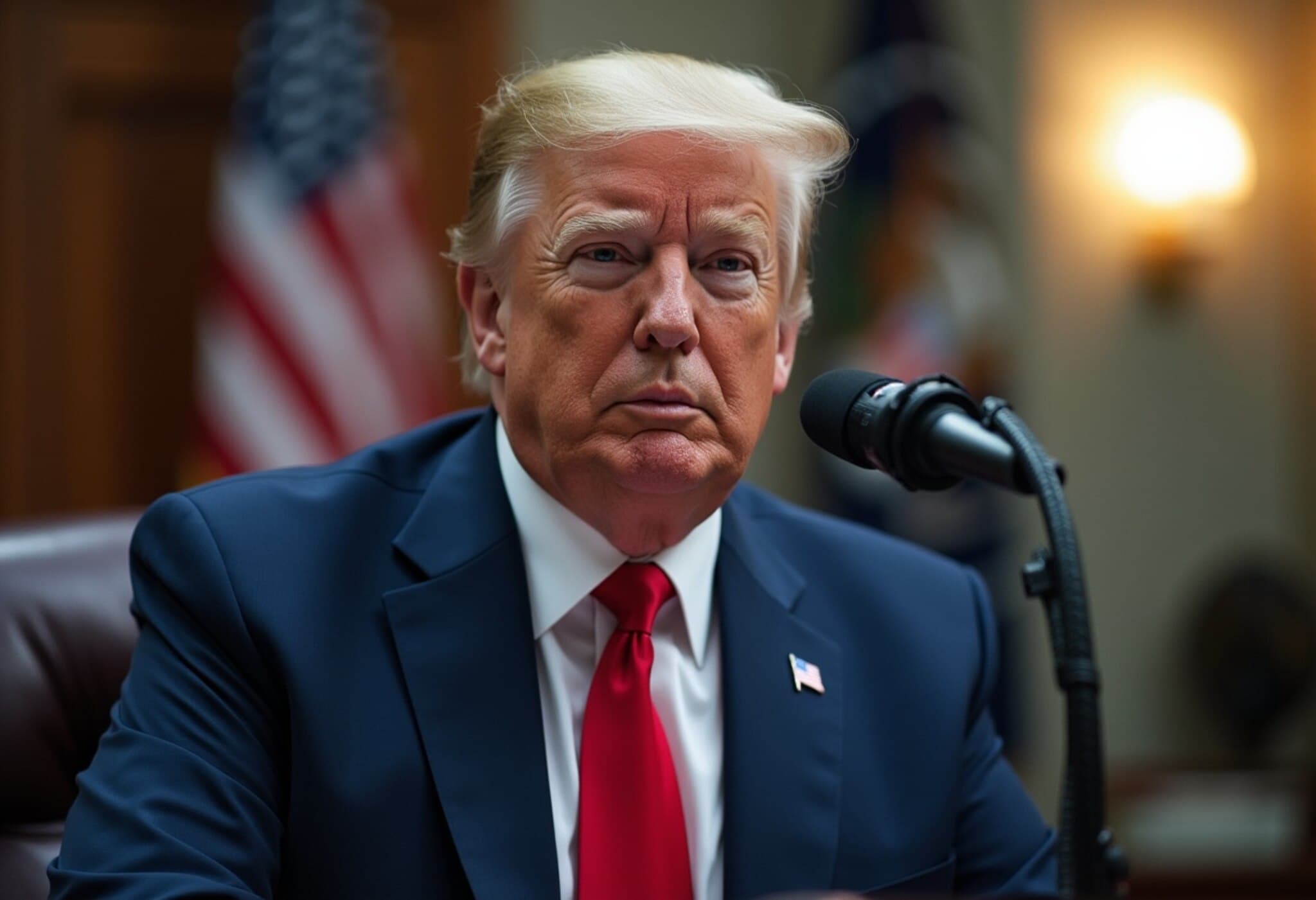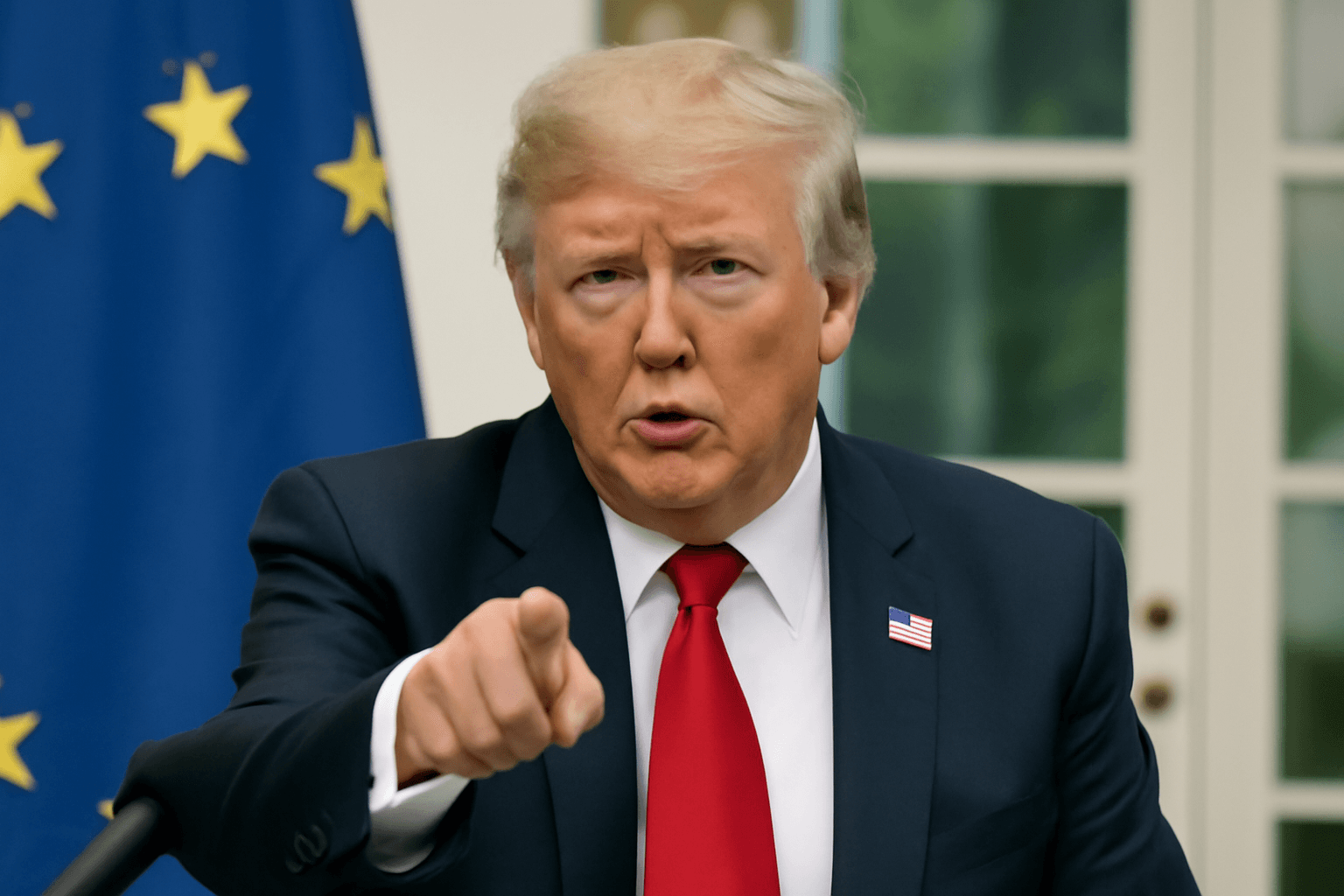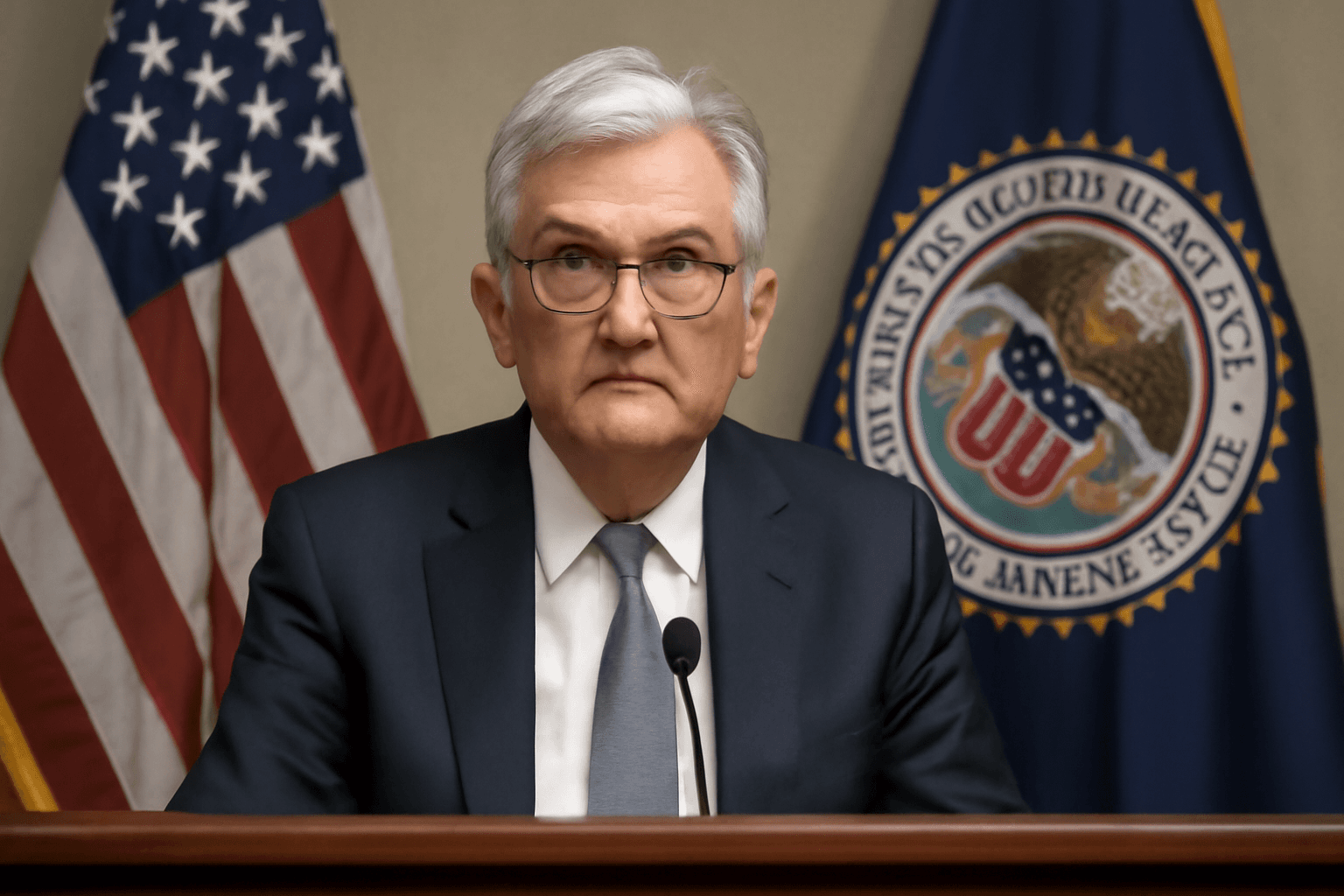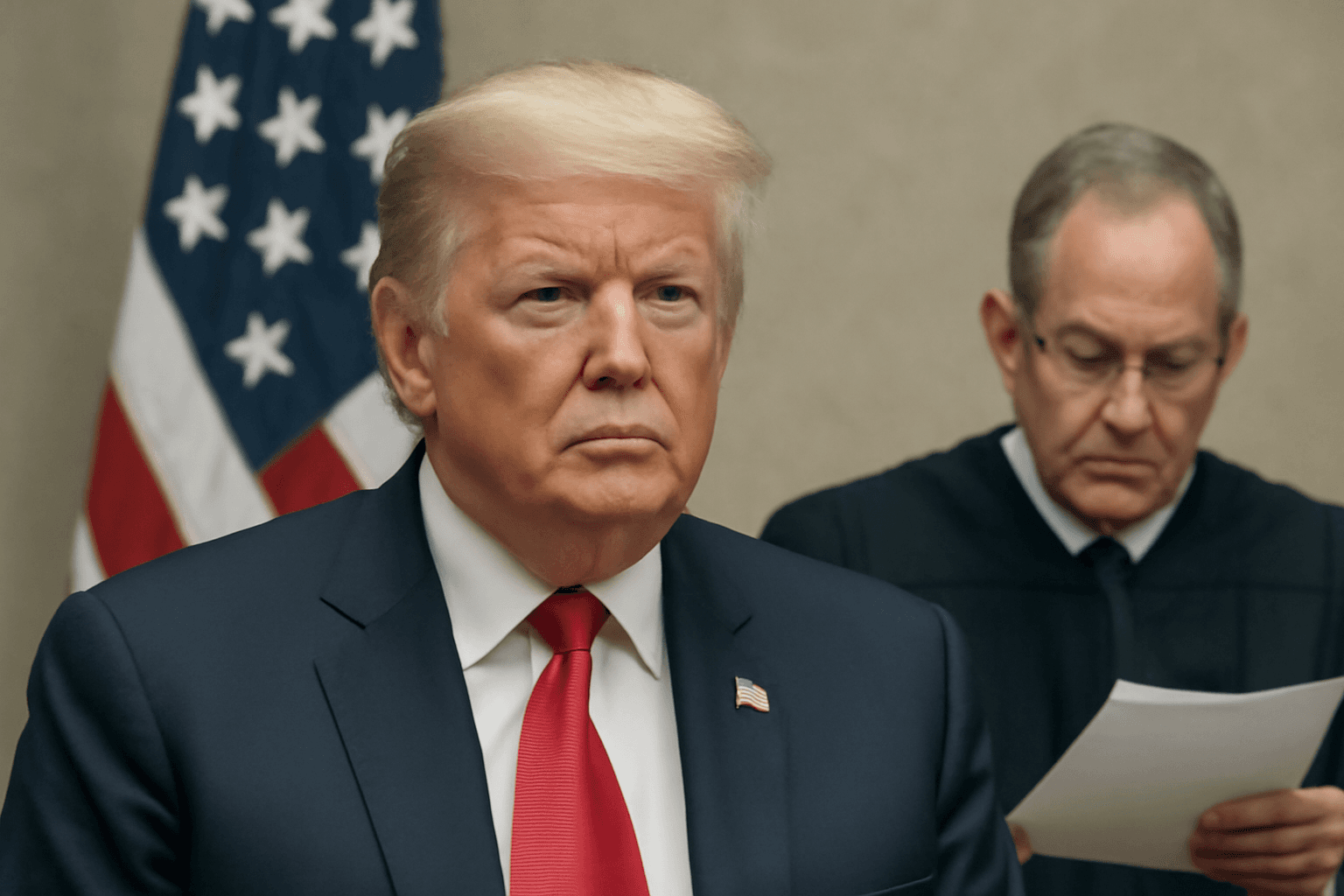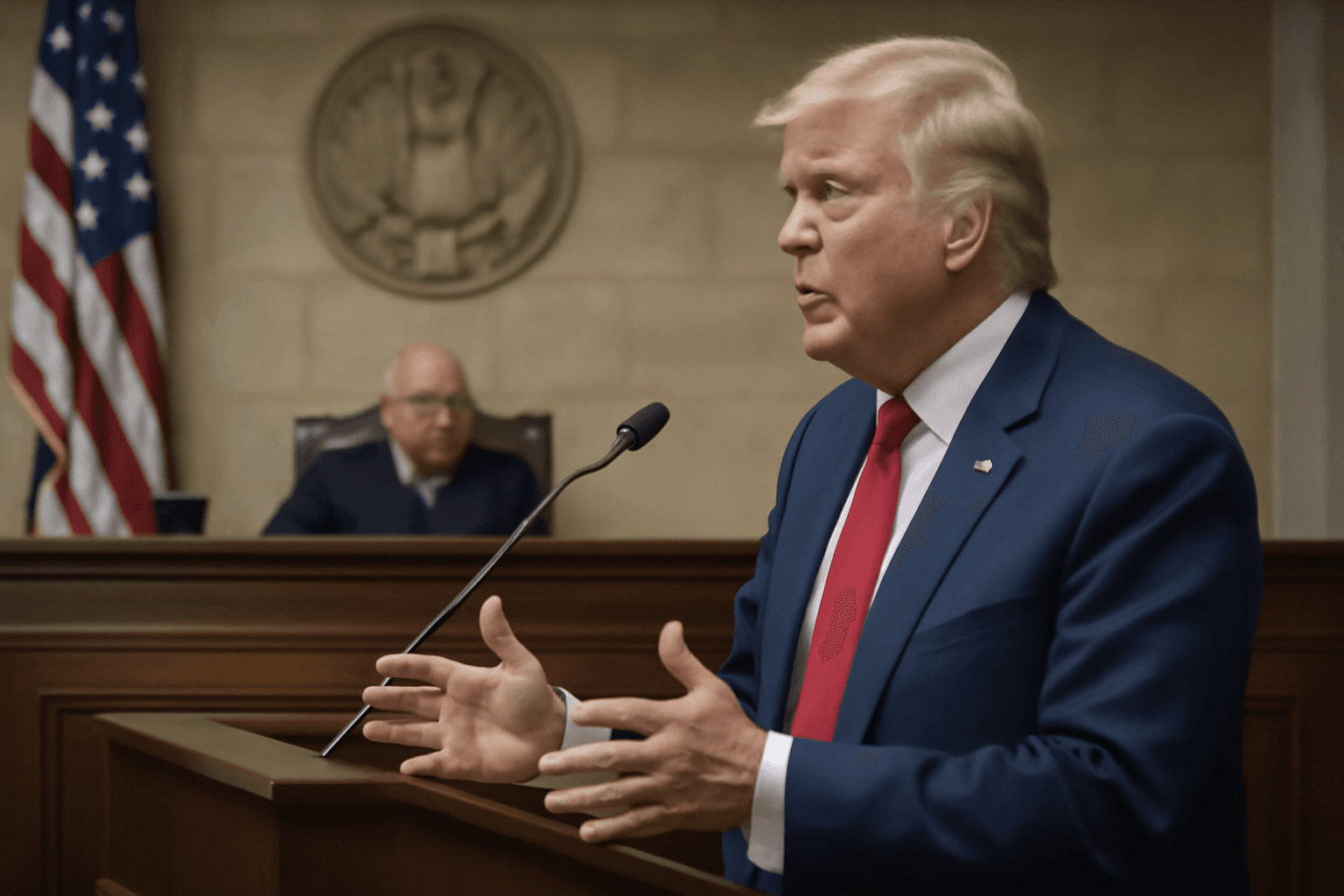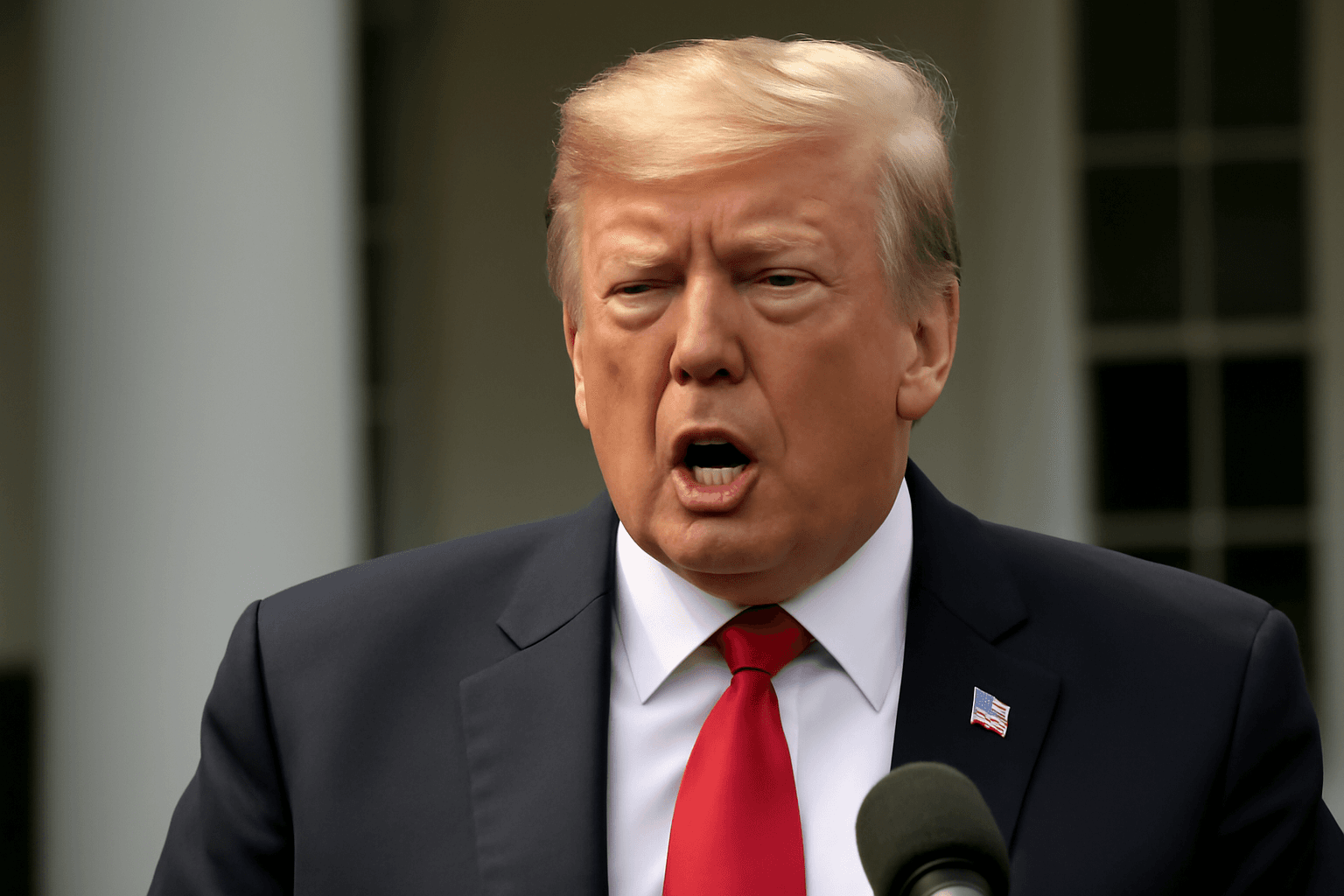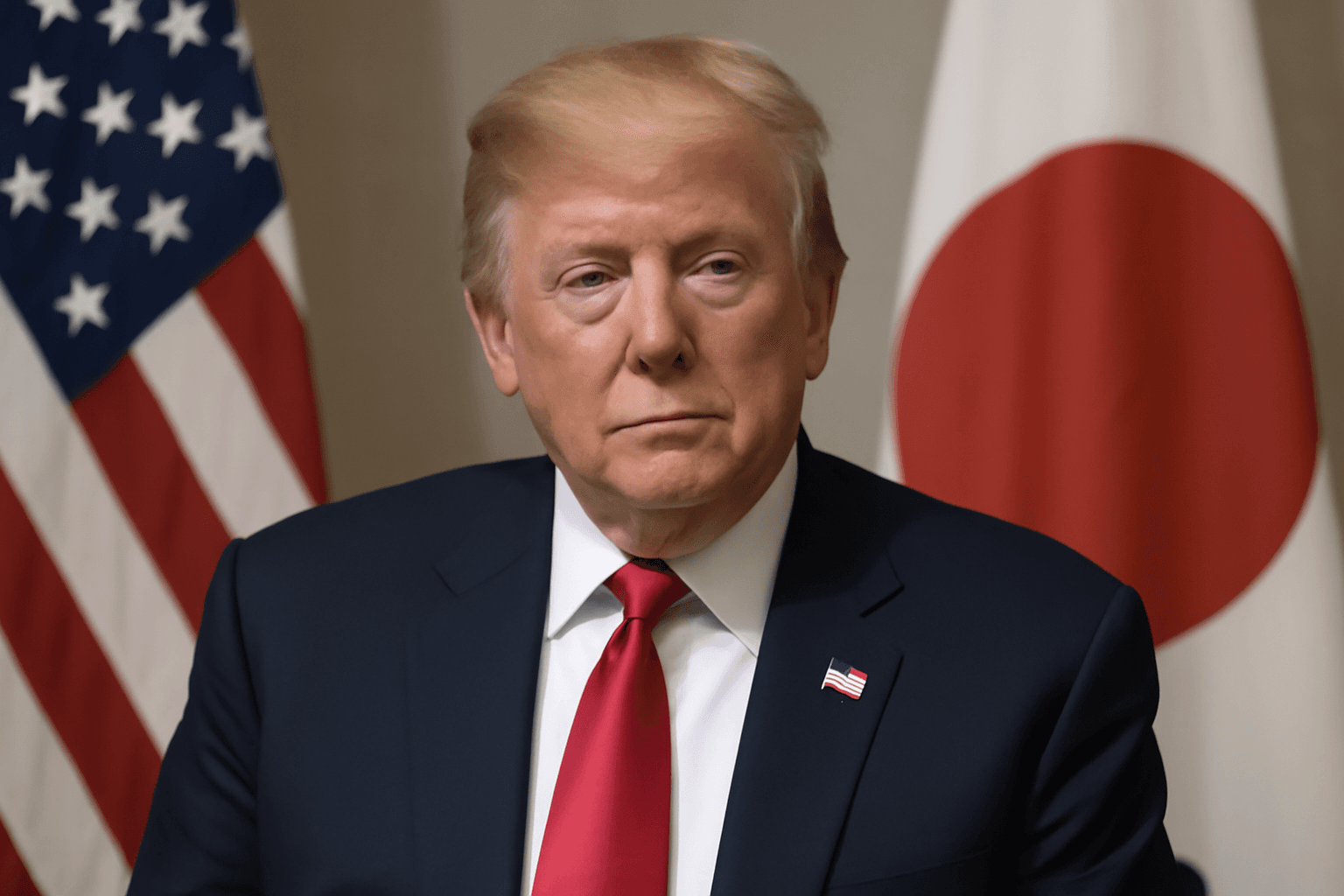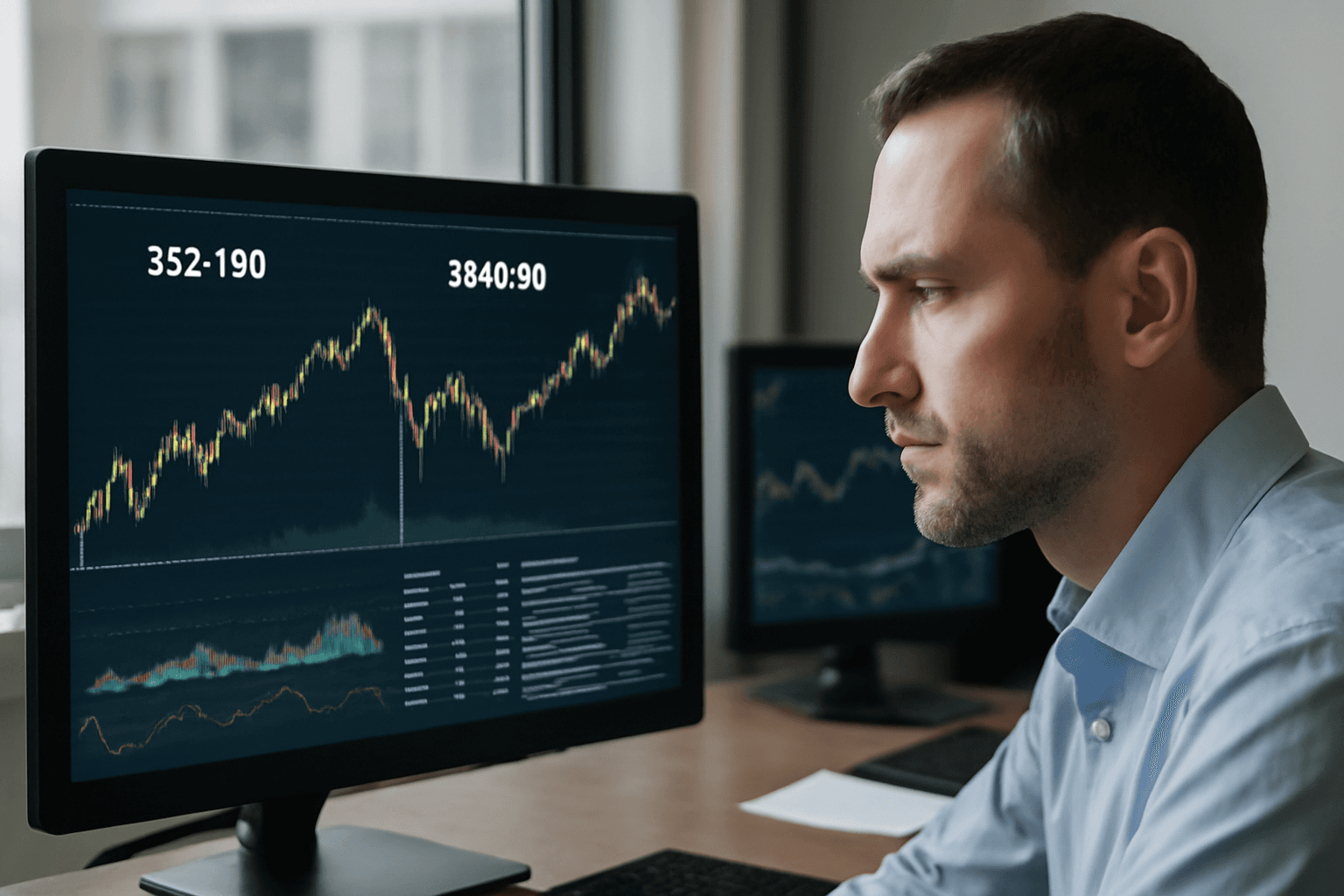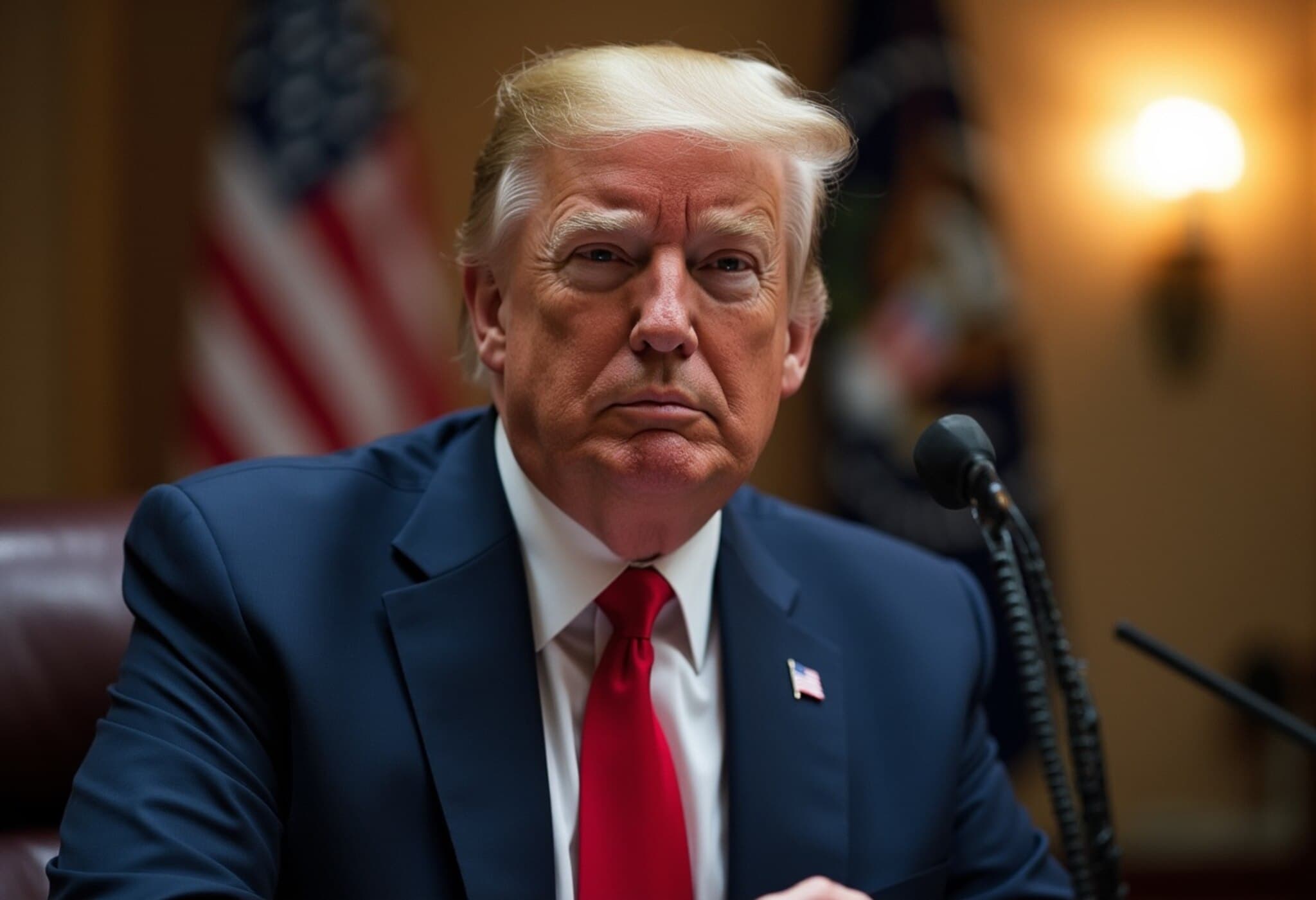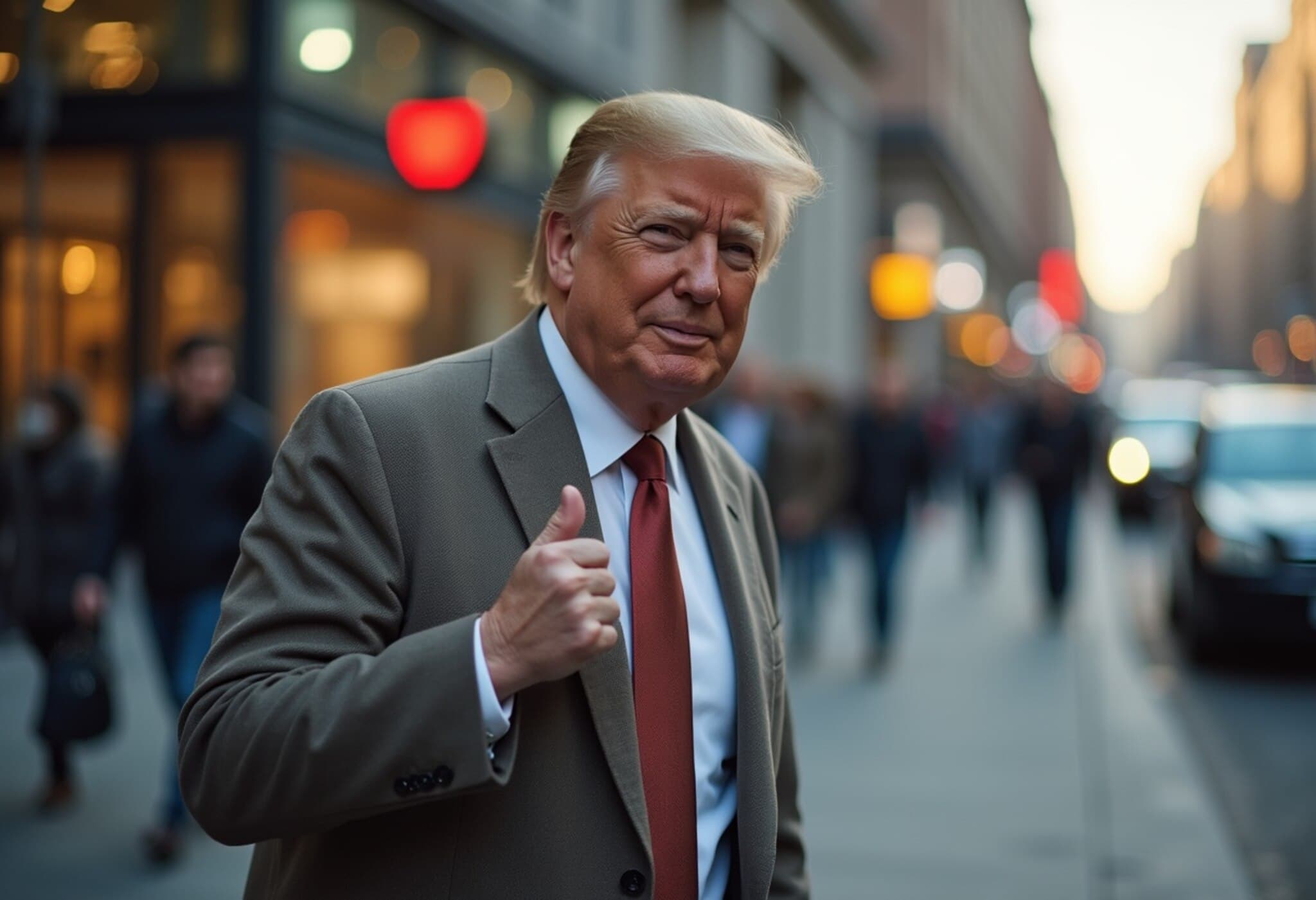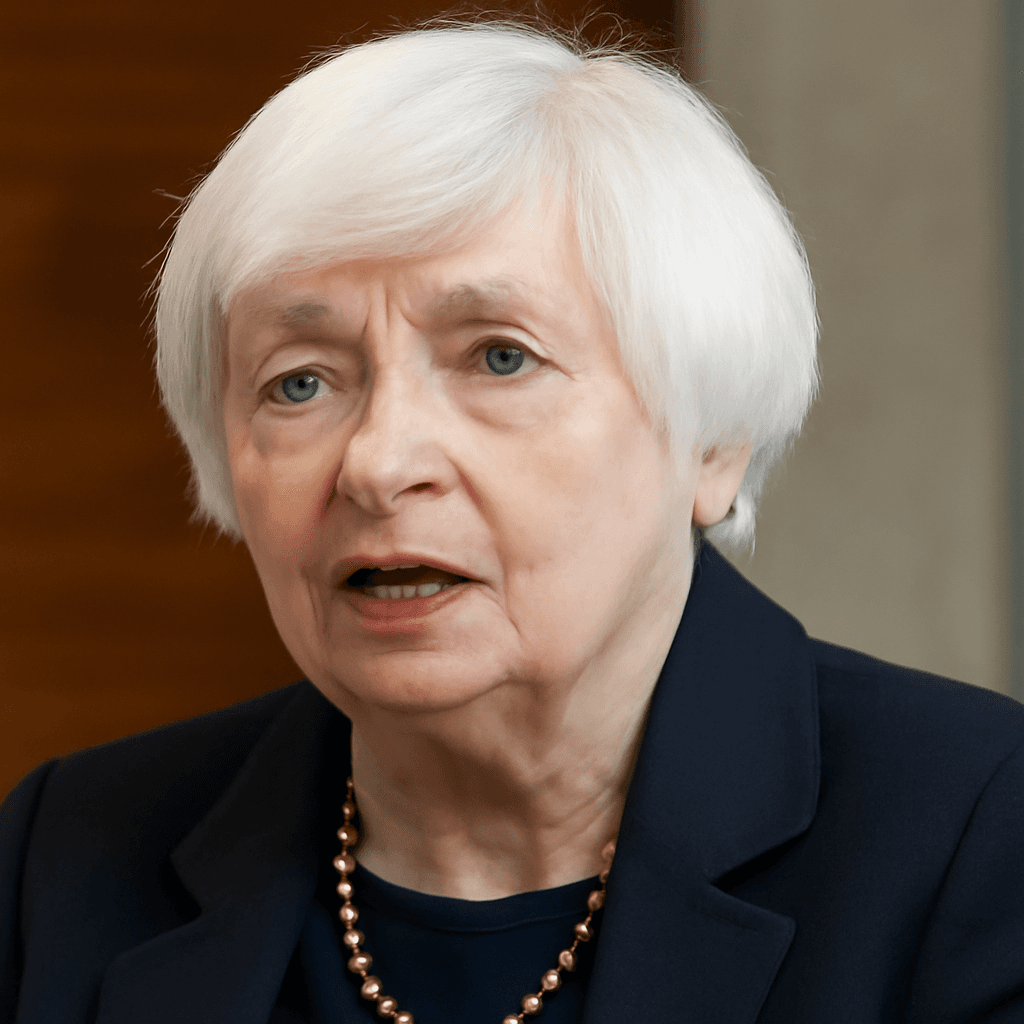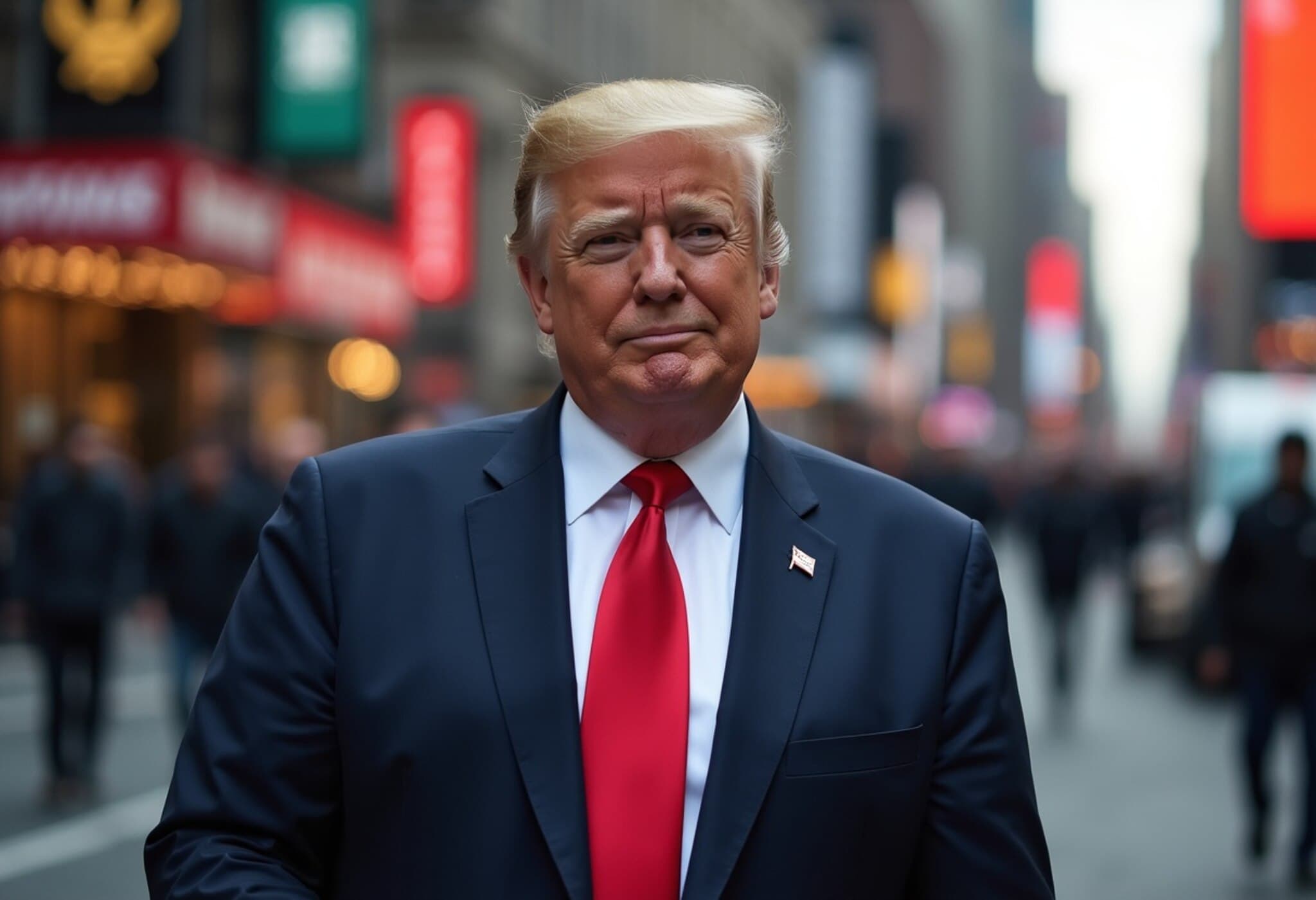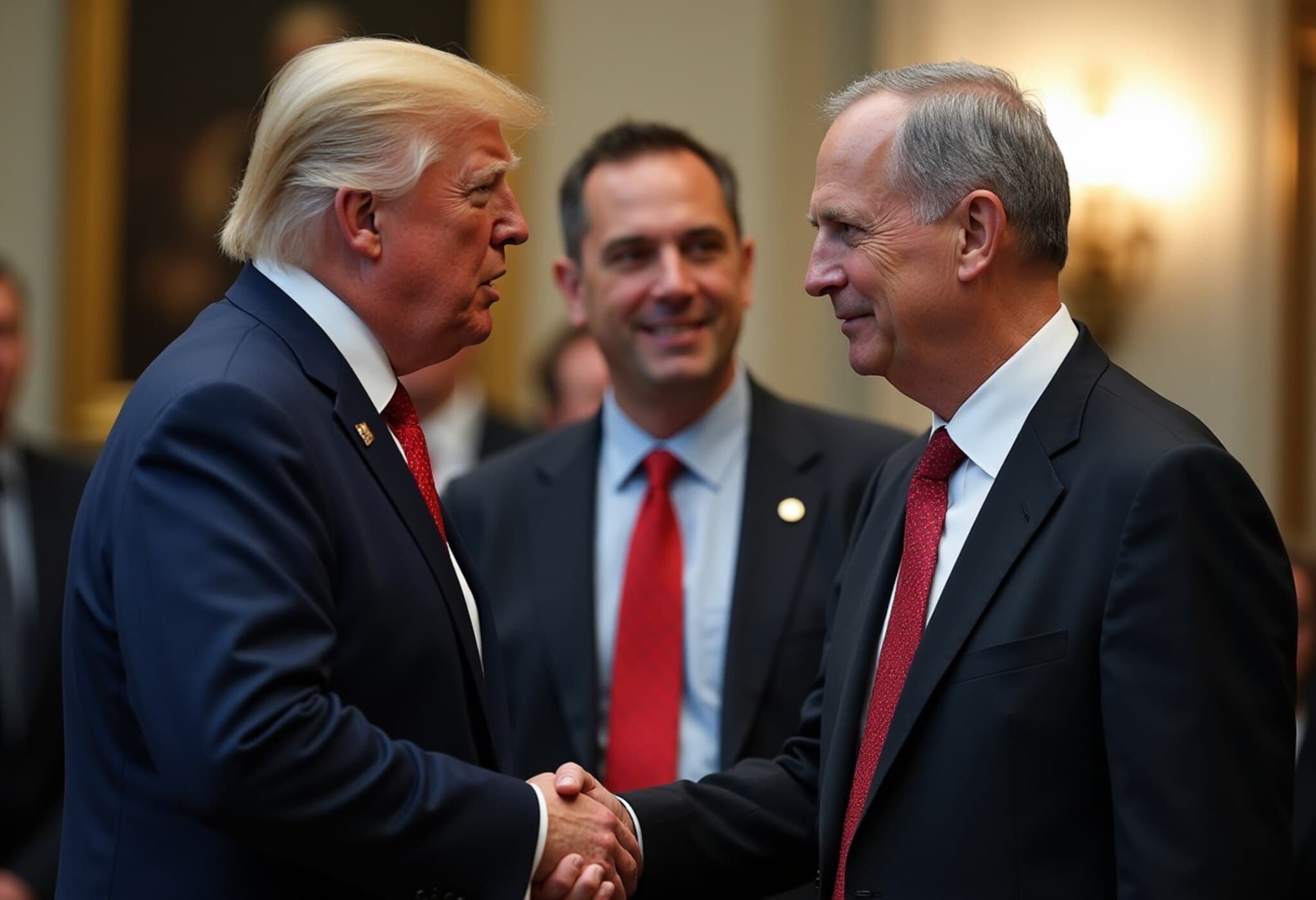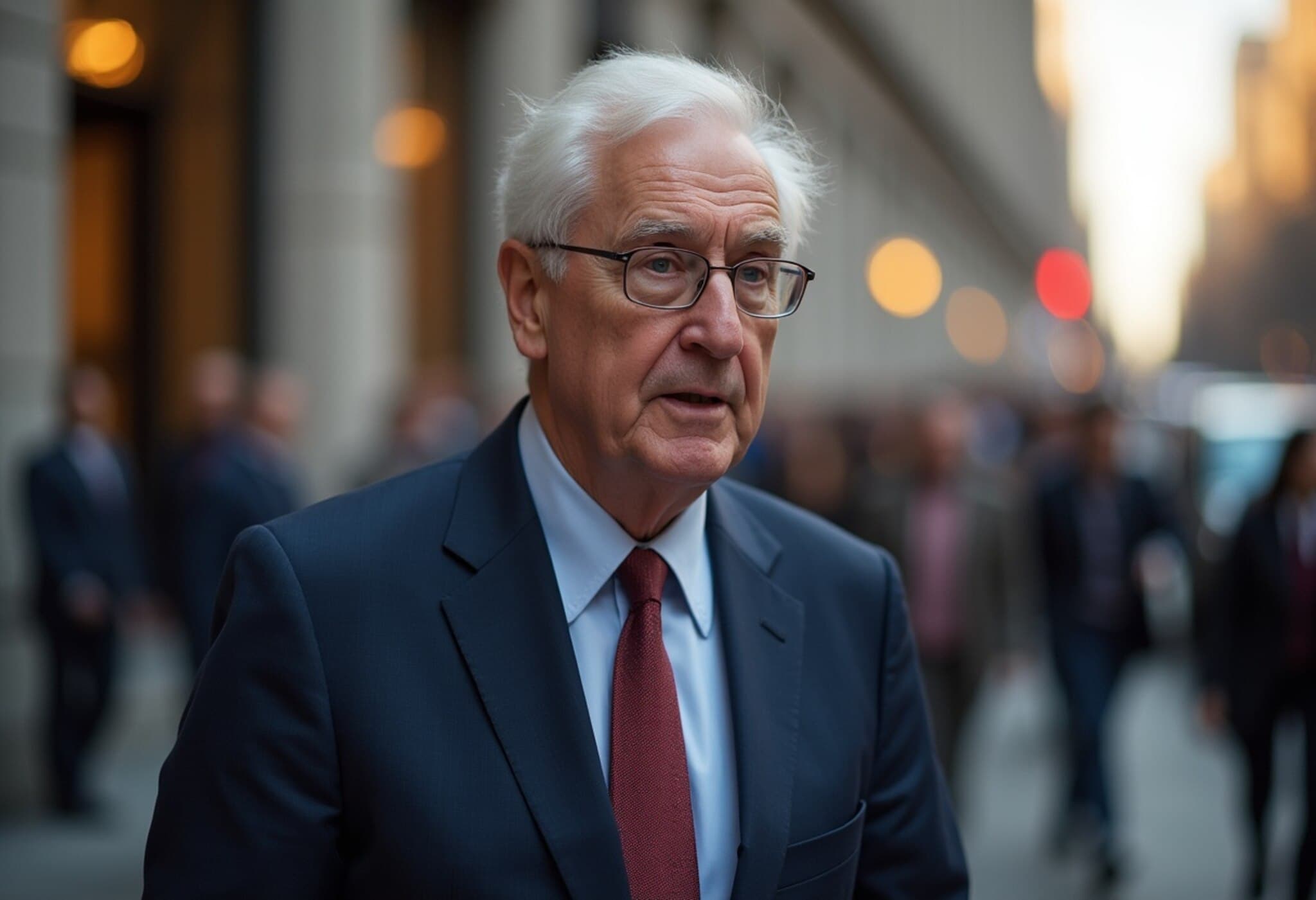Trump Stakes Out Firm Ground on Tariffs and Federal Reserve Leadership
In a recent candid interview with CNBC, U.S. President Donald Trump reaffirmed his commitment to a hardline economic strategy centered on new tariffs and a potential shakeup of the Federal Reserve leadership. Despite growing concerns about a slowing economy, Trump appears poised to double down rather than pivot, signaling upcoming policy moves with broad implications for global markets and domestic industries.
Semiconductor and Pharmaceutical Tariffs Set to Impact Global Trade
One of the headline announcements from Trump’s discussion was his intent to impose targeted tariffs in key sectors. He stated that a tariff plan for semiconductors would be unveiled within the week, reflecting growing tensions in the high-tech supply chain. Furthermore, Trump revealed plans to introduce a small initial tariff on pharmaceutical imports, escalating dramatically to as high as 250% within approximately 18 months.
These moves, aimed ostensibly at boosting domestic manufacturing and protecting strategic sectors, come as part of a broader trade policy recalibration. However, experts warn the timing and scale could deepen friction with allied nations and disrupt supply chains already stressed by global uncertainties.
Federal Reserve Anticipated Leadership Changes Amid Economic Challenges
Trump did not shy away from expressing dissatisfaction with current Federal Reserve Chair Jerome Powell, especially following the Fed’s interest rate decisions. The president named two potential successors—former Fed Governor Kevin Warsh and National Economic Council Director Kevin Hassett—both seasoned economists with close ties to his administration.
Whether either steps into the Fed chair role before Powell’s term concludes in May 2026 depends heavily on incoming political developments. The new leader would face the daunting task of nurturing a slowing economy evidenced by flagging manufacturing output and soft services data.
Market Overview and Economic Indicators
Mixed Signals from Global Markets
On the market front, benchmark U.S. indexes retreated following disappointing ISM services data for July, which suggested an almost contractionary phase in the service sector—the backbone of the U.S. economy. Asian semiconductor stocks also dipped in response to Trump's forthcoming tariffs, highlighting the interconnectedness of policy decisions and international investor sentiment.
Worldwide Economic Developments
- OpenAI Valuation Soars to $500 Billion: Reports reveal the AI pioneer is exploring secondary stock sales among current and former employees, indicating robust investor interest amid tech sector dynamism.
- India Keeps Interest Rates Steady at 5.5%: The Reserve Bank of India’s unanimous choice reflects a cautious approach amid global inflationary pressures and domestic growth concerns.
Underreported Angles: The Human and Policy Implications
While headlines focus primarily on tariffs and Fed chair speculation, the broader narrative should include the potential ripple effects on American consumers and businesses. Tariff hikes on pharmaceuticals may impact drug prices, affecting vulnerable populations. The semiconductor tariffs, meanwhile, raise questions about innovation and supply chain resilience in critical technologies powering everything from smartphones to defense systems.
Moreover, the Fed leadership discussion embodies deeper ideological divides about inflation control versus economic growth—debates that affect mortgage rates, employment, and capital markets, influencing millions of Americans’ financial realities.
Looking Ahead: What to Watch
- Official Tariff Announcements: Next week’s detailed proposals will clarify which industries weather the storm and which might be collateral damage.
- Federal Reserve Leadership Moves: Any early shifts could recalibrate monetary policy trajectory amid an already fragile recovery.
- Market Responses: Investors will monitor Q2 earnings versus expectations, as topping forecasts increasingly might not suffice for sustained confidence.
Editor’s Note
President Trump’s persistent stance on trade and central banking underscores a willingness to embrace high-stakes economic maneuvers amid an uncertain global landscape. These policy decisions are not merely numbers or political gambits—they bear significant consequences for everyday Americans, international partnerships, and the future competitiveness of U.S. industry. As tariffs rise and leadership changes loom, the central question remains: how will policymakers balance protectionist impulses with the need to foster innovation, affordability, and economic stability?
Readers should pay close attention to the cascading effects of these developments, weighing both immediate impacts and long-term costs. The answers may well shape the U.S. economic narrative for years to come.

